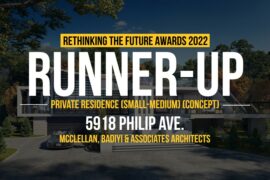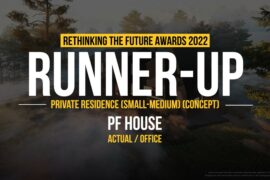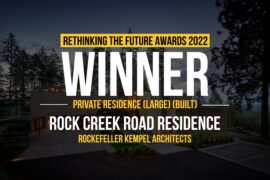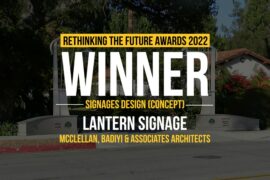It is estimated that by 2050, 75 percent of the worlds – then 9 billion strong – population will live in cities. Urban Sprawl is already problematic and planners are faced with new challenges as they aim to build towards the sky rather than the horizon. In addition, cities are increasingly faced with climate change, resource scarcity, rising energy costs, and the possibility of future natural or man-made disasters. In response to these issues, Arup has proposed their vision of an urban building and city of the future.
Project Architect : Arup
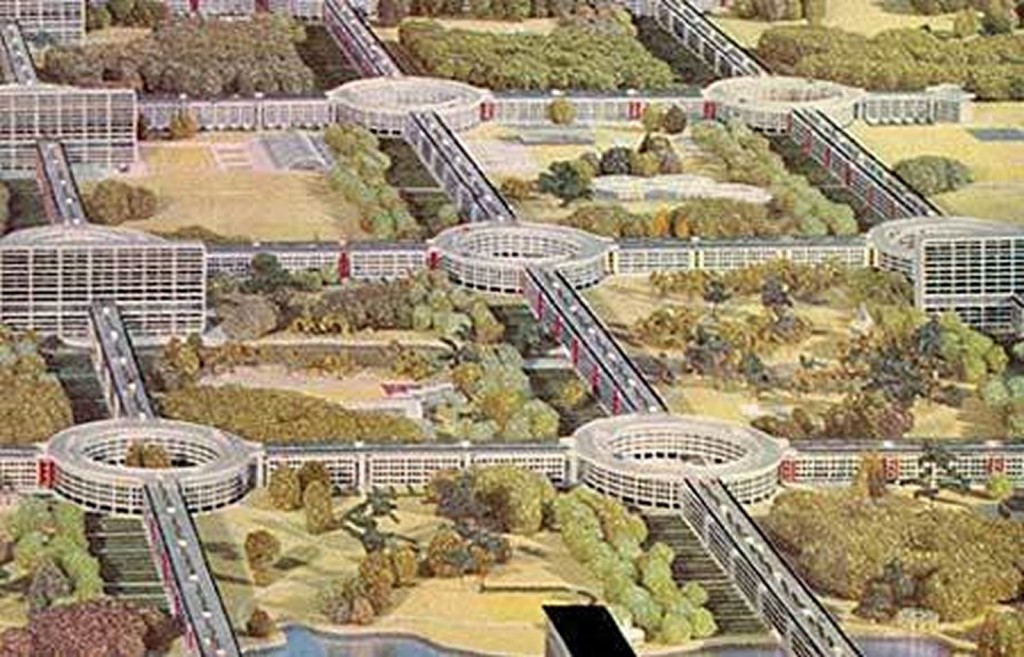
In their proposal, titled “It’s Alive!”, they imagine an urban ecosystem of connected ‘living’ buildings, that not only create space, but also craft the environment. According to Arup, buildings of the future will not only produce energy and food, but will also provide its occupants with clean air and water.
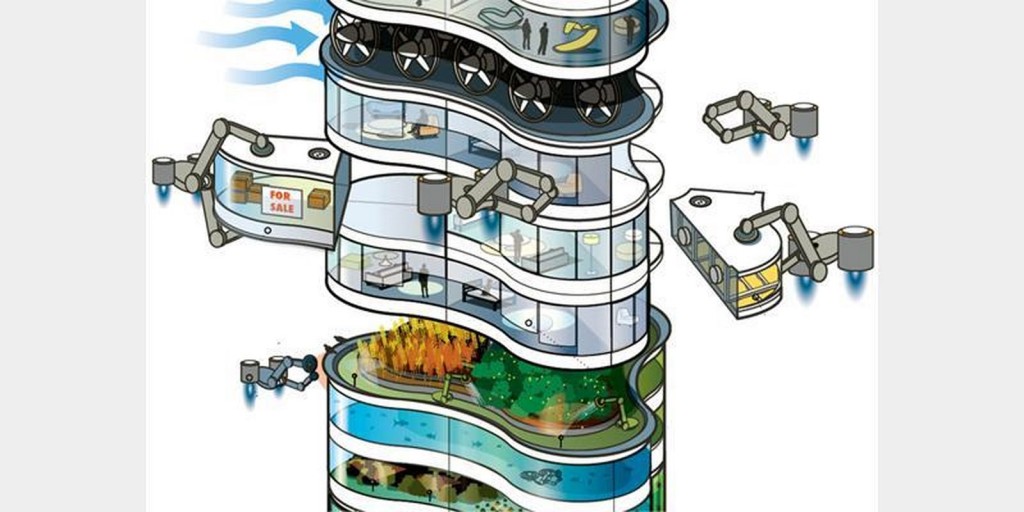
Arup begins throwing out the idea that a building is a passive shell. In their vision, each building is a ‘living organism’ with a nervous system of sensors exchanging data with a central ‘brain’, which controls the energy, lighting and façade systems. The building could modify itself to suit climate, time of day and occupation. However, they also envision connecting these buildings together to optimize the production and consumption of energy, food, and water throughout the city.
More radically, each building would physically change too. The basis of each tower is a permanent structural frame of floor slabs. Into this frame, they would integrate prefabricated modules, tailored to the occupants and repaired, upgraded and replaced – as needed – by robots. The building could change to keep up to date with shifting use, climate, technological advances and the personalities of its occupants. Smaller components would be digitally fabricated on-site to allow for rapid customization.
Energy for the building would be provided by a painted photovoltaic façade, fuel cells and downdraught-controlling turbines, while algae pods would produce bio-fuel for the city’s public transport. Information about the building’s energy usage would be displayed on huge OLED (organic light-emitting diode) surfaces on the façade. Drinking water would be harvested from atmospheric moisture by modified turbines. The water would be recycled and reused for urban farming, producing food within the building’s green spaces. Nano particle air filters and surfaces would clean the air and remove CO2.
Arup is far from being the first to propose a vision of the future In fact, their proposal shares common features with many past suggestions, which tend to be as brilliantly innovative as they are completely misguided. A possible reason for this discord, between the vision and the future, is that we tend to see the problems facing futurlings as exaggerated versions of current concerns, while failing to predict the major cultural, political and economic shifts that inevitably happen.
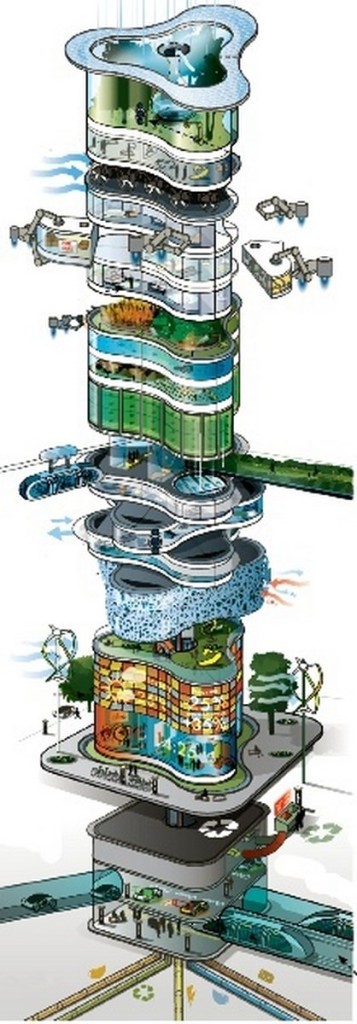
In the 1920’s, president of the Architectural League of New York, Harvey W. Corbettoffered his vision for the American city of the tomorrow. With city-centers becoming increasingly overcrowded, he imagined vertically stratifying the city according to function. Apartments and living space would be atop half-mile tall skyscrapers, beneath would be schools, offices, then restaurants. The city’s roads and railways would be buried underground, leaving vast pedestrian concourses at ground level. For it’s ingenuity, his plan failed to account for America’s mass exodus to the suburbs after WWII, which stemmed the city-center population boom.
Hopping on the same post-war, suburban, bandwagon, the British government also passed legislation to speed up the development of satellite towns to ease London’s population problem. One idea, which was briefly considered in the 1950’s, was to build, British architect Geoffrey Alan Jellicoe’s, prototype for the future city. The snappily titled ‘Motopia’ flipped Corbett’s ideas on their head; he put all of the town’s roads on top of its rectangular apartment blocks, leaving everything below free for pedestrians.
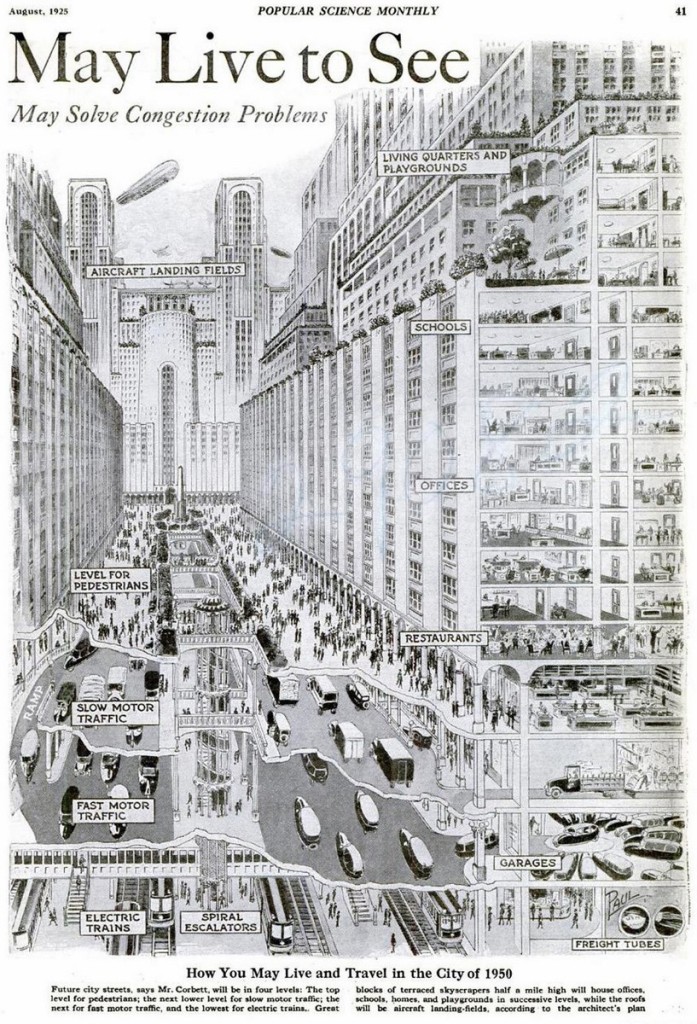
In the 1960′s, inspired by the new fluid society, Archigram proposed that not just the cars but also the entire city itself should be a mobile affair. Their ‘Plug in City’ proposed a city of concrete mega structures, which could hold removable living quarters. Taking the moving city concept to an even more psychedelic level, they proposed ‘The Walking City’ – a metropolis carried on the back of a sentient robot, who would roam the landscape at will, delivering his citizens to different areas as needs and resources dictated. However, the age of the mega robo-city was regretfully cut short by the oil crises of the 1970’s and focus on efficiency, sustainability and economy.
As offbeat as these proposals seem, it is worth noting that the basic ideas of segregating pedestrians, customizable modules and a robot at the controls live on in Arup’s proposal today.

